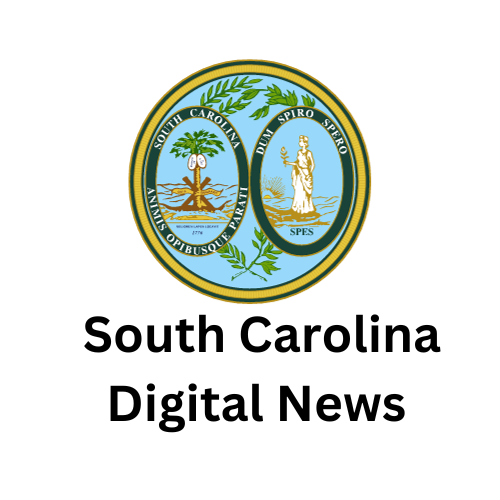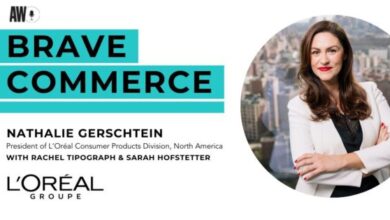
According to data from NielsenIQ, 90% of American households purchase vitamins and supplements, which has made the “super category” worth $13.5 billion. But so many brands vie for attention that even the top five brands have only a 25% market share. And so brand recognition is obviously critical—but why does Centrum’s logo have nearly double the recognition rate of Airborne (48% versus 26%)?
“Everyone knows that Centrum has a rainbow—they’ve got a lock on that,” Kirsch said. “Did [our test subjects] know where that rainbow goes or how it’s styled? Not really. But it’s close enough.”
Shapes are great—but keep them simple

Another feature that made a big difference in terms of consumer recall was a unique shape associated with the brand’s name—such as the rounded isosceles triangle (call it a guitar pick) belonging to cough and cold remedy Vicks. Nearly all respondents asked to draw the Vicks logo reproduced its signature grass green and most of them could conjure the shape as well. “Having that simple statement like the guitar pick performs much better than fancy illustrations that some of the brands have,” said Kirsch.
Tweak at your peril

Rite Aid is an exemplar for another maxim to emerge from Frac.tl’s research: Don’t mess around with your logo design unless you absolutely have to. In 2020, the pharmacy chain retired its seminal red and blue shield bearing its name that had been its badge since going public in 1966. Replacing it was a scaled down silhouette containing a pharmacist’s mortar and pestle along with a three-leafed sprig to symbolize natural remedies.




